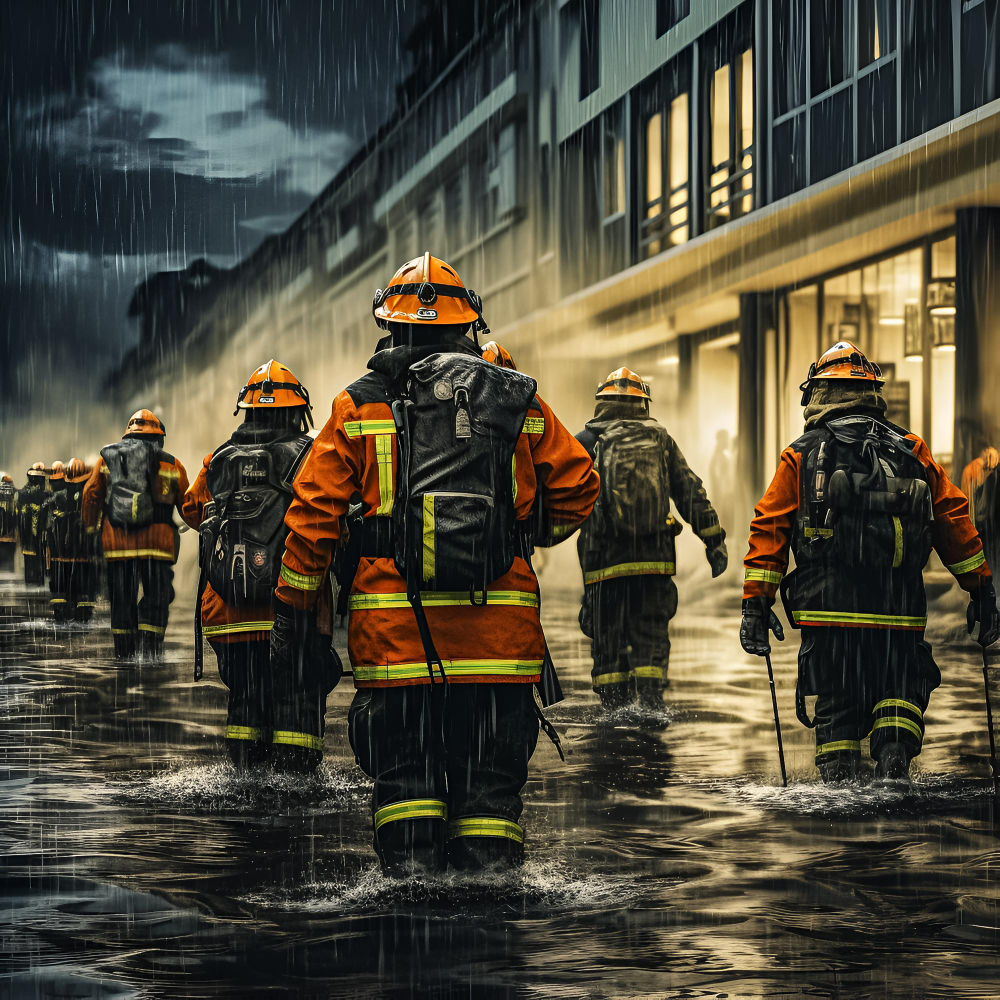
Fire security services, often referred to as fire protection services, encompass a range of measures and systems designed to prevent, detect, and mitigate the risk of fires in various settings, including residential, commercial, industrial, and public spaces.
These services are crucial for safeguarding lives, property, and the environment from the destructive and potentially deadly effects of fires. Here are key components of fire security services:
- Fire Prevention: The primary goal of fire security services is to prevent fires from occurring in the first place. This involves implementing proactive measures such as:
- Fire risk assessments to identify potential fire hazards.
- Ensuring compliance with fire codes and regulations.
- Proper storage and handling of flammable materials.
- Fire-resistant construction and building materials.
- Fire prevention education and training for occupants and employees.
- Fire Detection Systems: Installing fire detection systems, such as smoke detectors, heat detectors, flame detectors, and fire alarms, to identify the presence of a fire or smoke in its early stages. These systems are essential for rapid response and early warning.
- Fire Suppression Systems: Employing fire suppression systems, including fire sprinklers, fire extinguishers, and fire hoses, to suppress or extinguish fires once detected. Automatic sprinkler systems are particularly effective in controlling fires in their early stages.
- Emergency Evacuation Plans: Developing and implementing evacuation plans that outline escape routes, assembly points, and procedures for evacuating occupants safely in the event of a fire or other emergencies.
- Fire Safety Equipment Maintenance: Regularly inspecting and maintaining fire safety equipment to ensure it remains in working order. This includes testing fire alarms, servicing sprinkler systems, and refilling fire extinguishers.
- Fire Safety Training: Providing fire safety training to building occupants, employees, and security personnel to educate them on fire prevention, evacuation procedures, and the proper use of fire safety equipment.
- Fire Risk Assessment: Conducting fire risk assessments to identify specific fire hazards within a facility and developing strategies to mitigate those risks.
- Fire Department Liaison: Establishing communication and cooperation with the local fire department to ensure a rapid response to any fire emergency.
- Fire Safety Signage: Installing clear and visible fire safety signage, including exit signs, fire alarm pull stations, and fire extinguisher location signs.
- Fire Safety Drills: Conducting regular fire drills and simulations to ensure that occupants are familiar with evacuation procedures and can respond effectively in the event of a fire.
- Emergency Lighting: Installing emergency lighting systems that automatically activate during power outages or in the event of a fire to illuminate escape routes.
- Fire Investigation and Reporting: Investigating the causes of fires, when they occur, and reporting findings to authorities and insurance providers as needed.
Fire security services are essential for protecting lives and property from the devastating effects of fires. Many organizations, building owners, and homeowners work with certified fire protection companies or professionals to assess their fire safety needs and implement appropriate fire prevention and protection measures. Regular training and maintenance are key components of effective fire security services to ensure readiness and compliance with fire safety regulations.